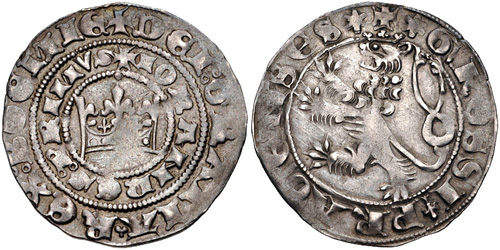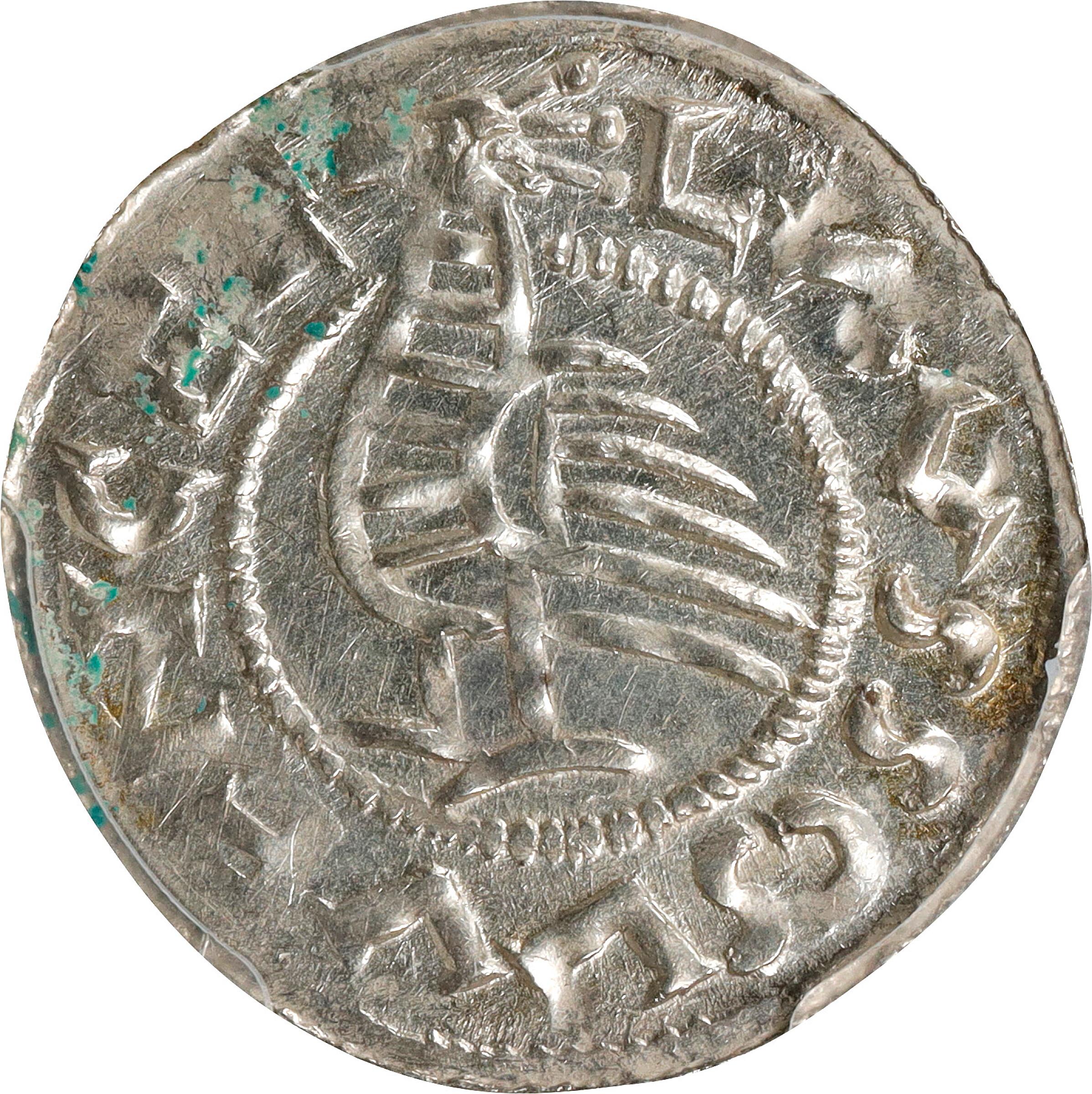Excellent Ideas For Cnc Machining Prague Mint Medals
Wiki Article
How Can You Make The Plaster Cast That Represents An Actual Gold Coin Or Gold Medal?
It is crucial to remember that the artist or designer will employ the gold medal or coin design as a guide. The design could be a simple sketch drawn with a pencil, or it could be a digital image that is created by using graphic software. The wax or clay could also be used.
Preparation of Plaster - Plaster is combined with water to form an easily workable consistency. It's essential to make a smooth mixture that is free of lumps.
Designing the Base: Design a base or platform where the maquette sculpture will be done. This base is usually made of wood, or a flat, stable surface.
Making a sculpting Maquette Artists use the design of gold to guide him in sculpting it into plaster. The plaster is then cut to form a relief or three-dimensional image of the medal or coin.
Refinement and Detailing- The artist concentrates on adding more details, refining the contours, and ensuring the accuracy of the proportions and features of the design. This phase requires a keen eye for the finer details and accuracy.
Allowing time for drying and setting After the sculpting process has been complete, plaster must be allowed to set and dry. This is to allow the maquette to harden and holding its shape.
After drying, the surface will be cleaned to remove bumps, imperfections or rough areas.
Sealing and Preservation - To keep maquettes, and to prepare them for the future process for scanning, or mold making an adhesive or a protective layer can be applied.
The resultant maquette is used as a tangible three-dimensional depiction of the gold medal or coin design. It acts as an actual reference point for the next stage of production. For instance, it could be used to digitize the image or to create molds for mass production. Or, artists can use it as a model to help them visualize and improve their designs prior to the finalization of their design. Read the top Prague Mint gold medals plaster molds blog examples. including gold bullion price, 1 ounce gold, one oz of gold, old coins, krugerrand gold coin, golden and silver, sd bullion gold, liberty gold coin, euro coins, gold medals michael phelps and more.

How Can Highly Skilled Engravers Enhance The Appearance Of Gold Coins Or Medals?
Highly skilled engravers play a critical part in refining and improving the design of gold coins and medals through their work on the hub or die. Their expertise allows them to fine-tune and add intricate details to the designs. Check out how they achieved this Evaluation of Working Hub.
Engravers look at the working hub, also known as a die, that is created by the Janvier or from the master hub. They assess the design's quality, precision and quality.
Correction of Imperfections
Engravers fix any imperfections or inconsistencies that may exist in the design. They may employ precision tools to fix minor mistakes and adjust the depth or refine particular elements to ensure consistency and accuracy.
Enhancing Details -
Engravers are adept at making intricate designs using tools for engraving like burins, pneumatic engraving devices, and gravers. They cut or engrave into the surface of the hub to create fine lines, textures, or letters in accordance with the design.
Depth & Dimensional Enhancement
Engravers manipulate depths and contours to give the design a visual depth. This is accomplished by changing the depth of cuts to emphasize specific features and create an illusion of realness.
Texture and Finishing Additions
Engravers may add textures or even finishes to certain parts of the design, which can enhance visual appeal. Techniques like stippling, frosting or various kinds of shading may be employed to create a variety of appearances or textures.
Quality Control and Inspection
Engravers conduct numerous checks and inspections throughout the engraving procedure to ensure that their refined designs meet the standards of clarity and accuracy.
Collaboration and artistic interpretation
Engravers work closely with designers or artists to precisely interpret the design. Their artistic skill and interpretation can improve the look of the design by introducing subtle nuance or enhancing details based on artistic vision.
Expert engravers possess a unique ability to manipulate surfaces of metal with precision and artistic skill. Their focus and attention to detail improves the quality, design and appearance of the gold coin or medal. Follow the recommended Prague Mint gold medal engravers website info. including ngc grading, price of 1 oz of gold, michael phelps medal, gold coin prices, silver bars for sale near me, 2000 gold dollar, buy gold coins, gold bars for sale near me, olympic games gold medal, platinum coins and more.

What Is The Reason To Polish Dies By Hand For A Flawless Gold Coin Or Medal Surface?
For several reasons, it is crucial to polish dies manually in order for them to be smooth and flawless surface. Improved Detail reproduction When you polish the die by hand, any imperfections, burrs or irregularities are eliminated from the die's surface. A smooth surface permits complex details to be better reproduced on the coins and medals.
A polished die can improve the value of medals and coins. It increases the aesthetics and the quality of your final product.
Reduced Wear and Tear- Polishing is an excellent method to minimize friction and wear while striking. A smooth surface on the die minimizes the likelihood of defects or irregularities on the medals or coins struck caused by rough surfaces of the die.
Consistency when striking. Hand-polished dummies give a consistent strike surface and ensure uniformity in the process of coining. Consistency in design is critical to maintaining accuracy in depth, size, or overall quality on a variety of coins and medals.
Die longevity- Die that is well-polished is less susceptible to wear or injury during the striking process. They last longer and are more durable, allowing for more strikes, without compromising quality.
Precision and Accuracy Hand polishing allows the engraver to fine-tune specific areas of the die, making sure that the exact details are reproduced on struck coins or medals. This is crucial to the precision of the finished product.
Quality Control Polishing is a crucial aspect of quality control. Hand polishing the die allows you to detect and rectify any inconsistencies or imperfections prior to the process of striking.
Surface Finishing: Polishing can create specific surfaces or textures to the coins and medals struck to enhance their visual appeal.
In the end, polishing hand-polished gold dies and medals to perfection is essential for creating high-quality, finished, and pleasing products. It has a significant impact on the final product's appearance, durability, and consistency. Follow the most popular hand polishing Prague Mint gold coins blog info. including maple leaf gold coin, gold coin prices, twenty dollar coin, american gold eagle 1 oz, gold quarter 2000, 1 ounce gold bullion, gold coin price today, purchase gold coins, 10 dollar gold coin, 20 dollar gold coin and more.

What Is The Process Gold Blanks Fed Into Coin Presses And Stamped Under Extreme Pressure While Minting?
During the production process gold blanks are taken into coin presses where they are stamped with high pressure. The result is finished medals or coins. Here is a quick overview of the steps in loading blanks.
A feeder system is connected to the coin press. This system loads gold blanks that have been prepared and checked for quality. This feeder ensures that blanks are always delivered to the press.
Feeding Blanks Through the Press
This feeder system ensures that every blank is positioned precisely inside the chamber for stamping. This guarantees the exact placement of each stamping blank.
Alignment and Positioning
The blanks are then positioned and aligned inside the chamber for striking of the press to ensure they are perfectly centered to be used for stamping.
Striking in High Pressure
A coin press is a device that applies high pressure to the blanks of gold by using two dies: one stationary and the second moving. The stationary die contains the negative image of the coin's design, and the one that moves is the hammer that hits the blank.
The die moving transfer the design from the blank onto its surface with a great deal of force. The dies' pressure imprints the designs, creating the raised reliefs and details of the medal or coin.
Repeated Striking Optional
To produce designs or images that are clearer and better defined, multiple strikes may be applied on rare coins or collectible editions. Each strike refines the details on the surface of the coin.
Ejection and Collection
Once struck and minted, the medals or coins created are taken from the presses. They then collect in trays and containers. Control of quality is conducted to ensure the designs adhere to specifications.
Post-Processing-
If the mint has specified it, they may also apply additional processes like edge lettering, reeding of the edge, or post-strike treatment.
The process of stamping gold blanks using high pressure is vital since it transfers the desired design to the blanks of gold. These are then transformed into finished coins or medals ready for circulation, collection or even commemoration. The precision is crucial, because even the slightest deviation in the pressure or the alignment of the gold-plated blanks may result in a negative impact on the quality and look of the finished product. Follow the best minting Czechoslovakia gold coins website tips. including 20 dollar gold coin, gold one dollar coin, 24k gold coin, sd bullion gold, gold doubloons, 1 oz gold coin price today, gold biscuit buy, canadian gold maple leaf, 1 10 american gold eagle, apmex gold and more.
